The independent coffee shop is undergoing a renaissance. John Ryan takes a look inside some of London’s finest examples.
Fancy a coffee? In times gone by consumers might have had to think a little about where to go in order to satisfy their caffeine craving, but in parts of London today they are spoilt for choice.
And it’s not a matter of further extending the Costa and Caffè Nero empires, although both exert a heavy influence on the coffee-drinking classes. Instead, now is the moment of the independent coffee shop - a place where new ways of serving the black stuff are on offer, a place where people can go to relax, admire the interior design and perhaps do a little work, courtesy of the almost universally free wi-fi.
And the odd thing is that, like bike shops, there seems to be no limit to the number of stores the market will welcome at the moment. Every one is different and probably has its own band of loyal followers. From a design perspective, the overall vibe is ‘coffee shack’, with reclaimed materials and a natural feel.
Spending time waiting in line while a barista clanks bits of metal together and makes a lot of noise while endeavouring to create the perfect brew may not be everybody’s cup of tea - or coffee - but it is a growth trend. It is also the starting point for some of the biggest chains trading in the commodity - Starbucks, Caffè Nero and Tesco have all recently opened coffee shops that bear the indie imprint.
In 1997, the Caffè Nero experience was rated ‘the best espresso this side of Milan’ by Tatler. Given the plethora of highly specialist independent coffee shops today, it’s a moot point whether a similar plaudit would still be garnered by any of the big chains.
Equally, it looks as if the coffee sector is driving design more generally across vintage-style interiors in retail. There is much to be learned from enjoying a few skinny lattes.
Timberyard, Old Street
Recently opened and across the road from Timber Street, Timberyard is where coffee shop morphs into meeting space, which in turn becomes a rather louche lounge. The main event is probably the bar-cum-servery, which ticks all the reach-me-down-chic boxes with suspended naked light bulbs, a counter fashioned from fine timber and exposed air con trunking overhead. There are pieces of retro furniture on which to relax, including a particularly low-slung and inviting sofa at the front of the shop.
Timberyard is on two floors. The basement is entirely devoted to tables and chairs, making this a good place to hold an informal pow-wow. For those who really can’t tear themselves away from the web, there are also iPads on stalks dotted around both floors.
Workshop, Clerkenwell Road
Little more than half a mile from Look Mum No Hands! and Timberyard is Workshop, which opened in 2011. As well as a mid-shop workstation where the coffee is made, there is a shiny machine at the back of the ground floor where beans are roasted on the premises.
While other shops of the kind use some timber in various forms, Workshop is almost entirely formed from wood and exposed brick. Couple this with a ‘living wall’ next to the roasting machine and a black shopfront that speaks more of a
New York SoHo bar than a coffee shop, and this is an indie with a real point of difference.
It has two floors, with the upper level concerned principally with sitting and admiring the street below.
Department of coffee and social affairs, Leather Lane
Department of Coffee and Social Affairs is a series of rooms on a single floor. The one nearest to the entrance usually features a queue of people waiting to order a coffee and perhaps one of the ‘Afghans’ - a chocolate cake of Antipodean origin.
Having done so, drinkers can choose from a room with lots of light and school chairs, a room with no light and bare brick walls or a wood-panelled room that looks uncannily like a sauna.
Leather Lane illustrates that there is sufficient diversity in the sector to be able to select on the basis of interior style, visual merchandising and service.
Caffè Nero, Tottenham Court Road
This may be a chain, but it is far from immune to the lure of the indie-loving coffee drinker’s wallet. For this reason, the Tottenham Court Road branch has ditched the familiar blue-and-black logo and in its place comes a black logo with a café crème-coloured font.
It looks fresh and a quick scoot around the interior reveals that gone is the glossy wood of old, with exposed brick and lounge-style furniture in its place. The fact that none of this is old is a minor matter, and it certainly did not seem to have prevented a steady flow of shoppers from making their way here on the day of visiting.
The independent sector may mean paying more for your coffee, but its appeal has clearly not gone unnoticed by the major chains.




















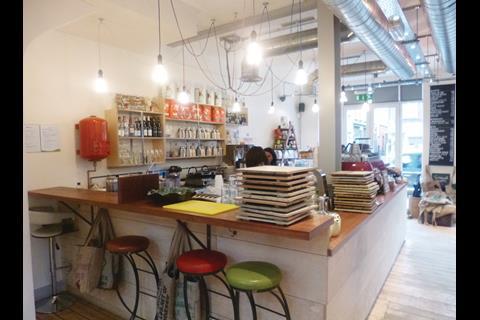

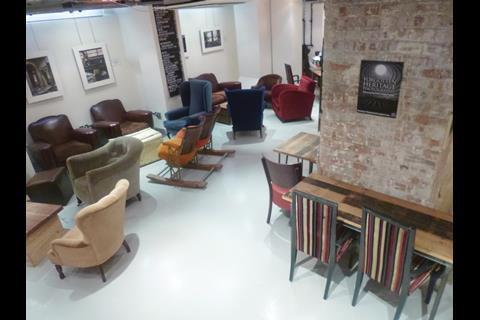
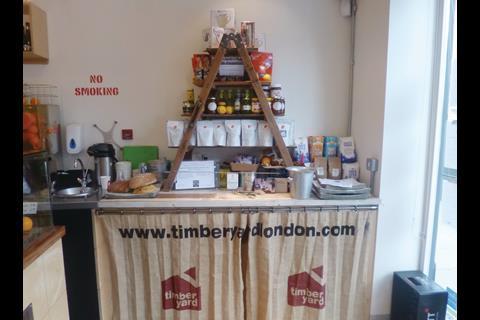
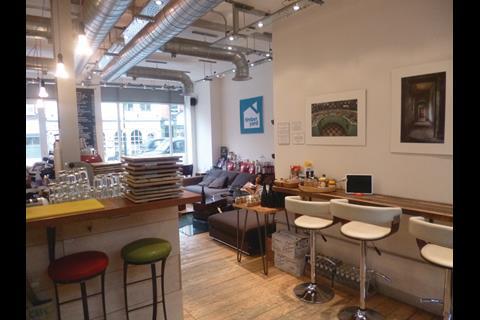

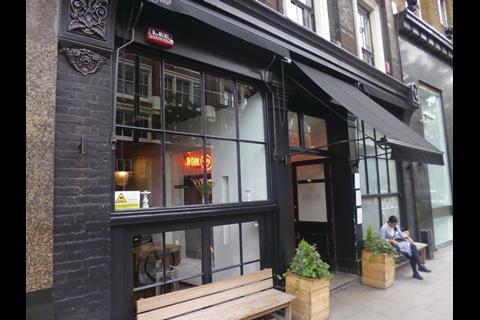

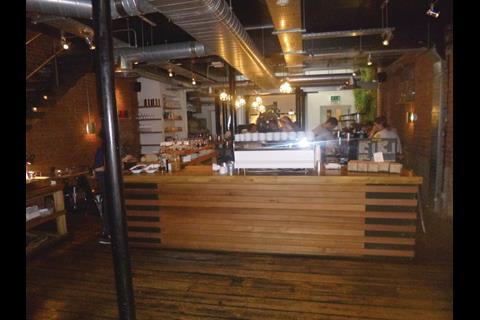
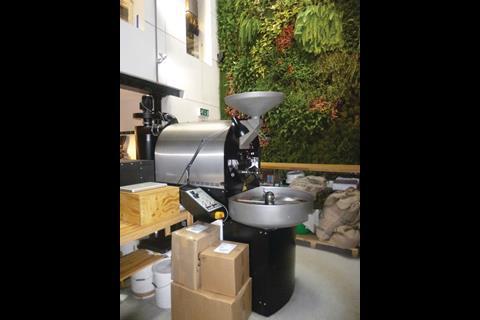

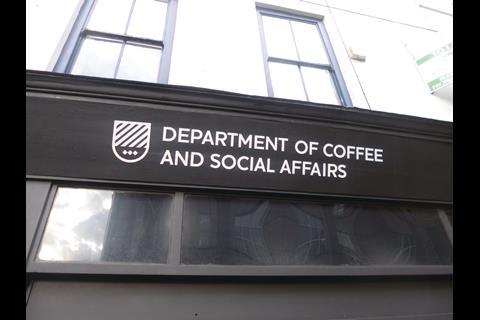

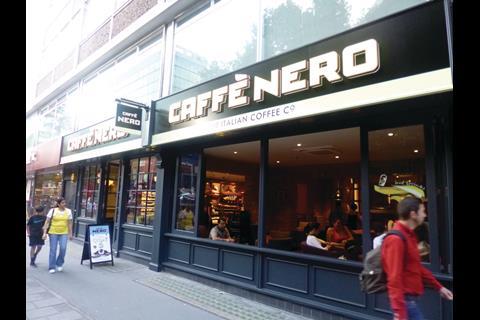

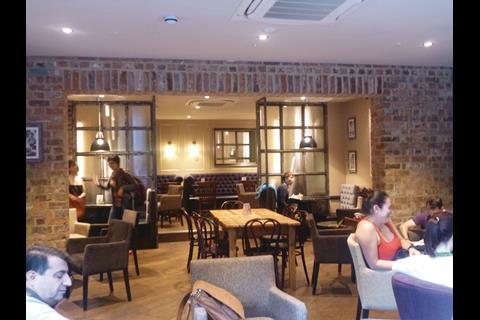


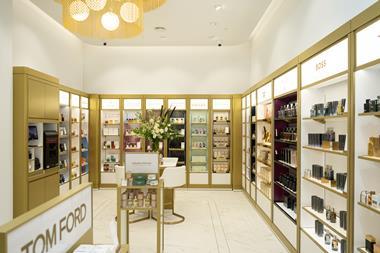


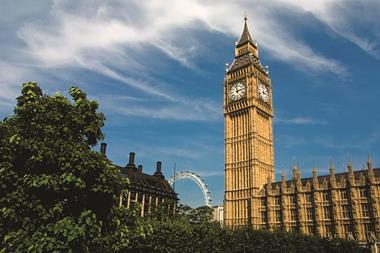

1 Reader's comment